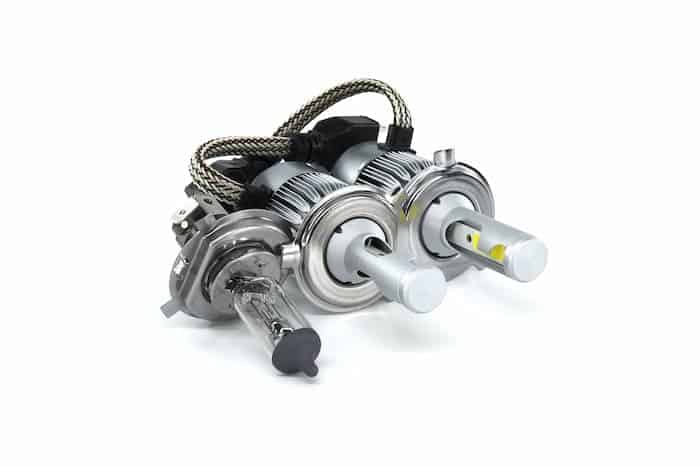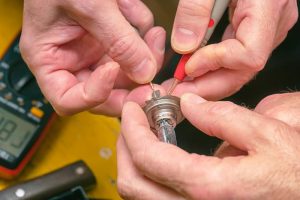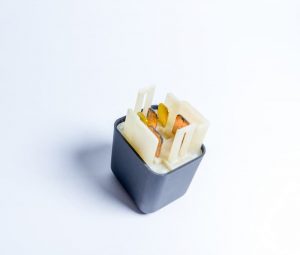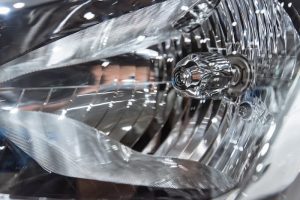In today’s cars, there are numerous major groups of bulbs. Some bulbs can be used for essential aspects like braking or headlights. Only minor components, such as interior lighting or signaling bulbs, require the usage of other bulbs. Since these are the bulbs, you’ll use to illuminate the road; drivers often are only concerned with the first type. Initially developed for use in race vehicles, the H4 bulb. However, it was only used in European automobiles for many years. H4 bulbs were used in American motorbikes but were prohibited from use in cars and trucks due to regulations mandating sealed headlamps.
What Is H4 Bulb
In the past, H4 bulbs served most of the cars’ lighting. These are referred to as bilux lamps. Simply said, this indicates that the bulb has two filaments: one for the low and high beams. One filament illuminates when the low beam is turned on, while the other illuminates when the high beam is turned on. When the low beam is turned on, the light cone is thrown in front of the vehicle; when the high beam is turned on, the light cone is thrown further ahead. The reflectors in the headlamp are precisely adjusted to the location of the filaments in the lamp. Halogen bulbs are now frequently used in modern H4 lights.
An H4 system has the following features:
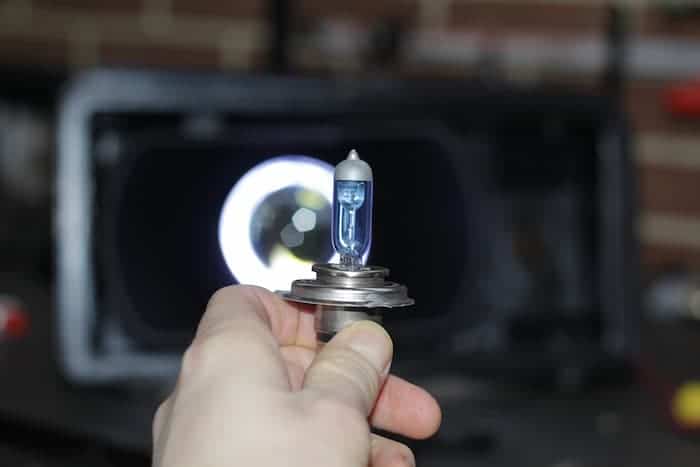
- The bulb housing of the lamp contains two filaments.
- In the headlamp, there is just one lamp base plate available.
- Fittings
There are numerous varieties of bulb fittings available. The most popular headlight bulbs, among others, include H1, H3, H7, and H4, so keep that in mind when you’re buying. The type of fitting or base, which is most clearly distinguished by the prongs needed to plug in the bulb, is what distinguishes each bulb from the others. Most headlamp bulb fittings feature two prongs on the base, including those for the well-liked H1 and H7 bulbs. Some bulbs, like the H3 bulb, have a slightly distinct appearance. The H4 may be distinguished from the other bulbs by its distinctive three-pronged base.
- Filaments
This bulb has just one filament or wire. The component of the bulb that shines, creating the glow that illuminates the road, are the filaments. The H4 is a dual-filament bulb, in contrast to the H1, H3, and H7 bulbs, which all have a single filament. The H4 bulb contains two wires that produce light rather than just one. Because of this, a single H4 bulb can act as both the main beam and the dipped beam headlights. You’ll need to buy two different bulbs with other headlight bulb types—one for the main beam and one for the dipped beam.
This makes it clear that the H4 bulb offers greater convenience than most other headlight bulbs. Car owners can also save time and money by buying fewer bulbs and avoiding having to replace both the main and dipped beam lights simultaneously.
- Uses and Availability
Initially developed for use in race vehicles, the H4 bulb. However, it was only used in European automobiles for many years. H4 bulbs were used in American motorbikes but were prohibited from use in cars and trucks due to regulations mandating sealed headlamps. H4 bulbs were prohibited in the U.S. by regulatory bodies even after these restrictions were lifted. Dual-filament bulbs could quickly point upwards and blind oncoming motorists, making them insufficiently precise to adhere to U.S. headlight beam pattern regulations. As a result, the HB2 or 9003 alternative bulbs were created. Consumers may find this to be somewhat confusing. They can all be used interchangeably because the H4, HB2, and 9003 are virtually the same bulb. The packaging of many bulbs that meet this requirement will have all three labels.
- LED vs Halogen
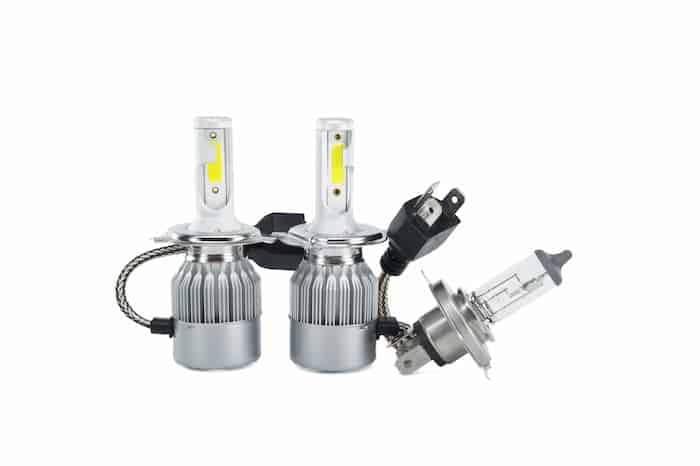
Halogen and LED H4 lights are also readily accessible. Halogen is the most common type of auto bulb in a headlight bulb. Compared to more recent Xenon HID bulbs, they are often the least-priced kind of bulb. Modern halogen H4 bulbs are available in many styles and perform on par with Xenon lamps. Drivers who prefer their headlamps to have a trendy appearance frequently choose LED automobile headlights. They cost more than halogen bulbs but are significantly more durable. LED bulbs have a colder color temperature, making them appear dazzling white or blue. LED bulbs are excellent if you want a contemporary appearance and long-lasting functionality. However, using LED H4 bulbs as headlight bulbs on public roads is illegal. This implies that the only practical alternative for many drivers is halogen lighting.
H4 bulb compatibility
Below is a list of cars that uses the H4 bulb;
- 2000-2016 ACCENT w/o PROJECTOR H/L.
- 2002-2004 AERIO.
- 2005-2007 AERIO.
- 2004-2008 AVEO.
- 2009-2011 AVEO.
- 2005-2008 AVEO-5.
- 1997-2001 Honda CR-V
- 2002 Mustang GT
- 1989 Honda Civic Hatchback
- 1968 Mustang Fastback
- Range Rover P38
When to use H4 bulbs
There aren’t many options available to drivers for headlamp bulbs. They cannot be used interchangeably because different bulb types come with various fittings. You cannot simply switch to another bulb fitting if your car requires H4 bulbs. The HB2 or 9003 bulbs, which are identical to an H4 bulb, are the only exception. However, most times the cause of a dimmed headlight isn’t a result of a bad bulb but as a result of an oxidized headlight lens. If you have a discolored headlight lens or an oxidized headlight and you would like to get rid of the dirt, grits, or oxidation, simply apply a headlight restoration wipe over the surface of your headlight lenses and clear coat for protection.

